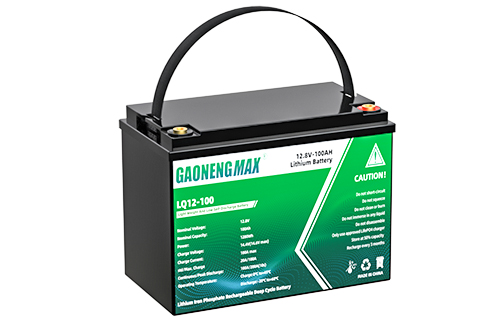

According to foreign media reports, batteries that power electric vehicles have several key characterization parameters, including voltage, temperature and state of change (SOC). Since battery failure is related to abnormal fluctuations in such parameters, being able to effectively predict such parameters is crucial to ensure the safe and reliable operation of electric vehicles in the long term.
According to foreign media reports, batteries that power electric vehicles have several key characterization parameters, including voltage, temperature and state of change (SOC). Since battery failure is related to abnormal fluctuations in such parameters, being able to effectively predict such parameters is crucial to ensure safe and reliable operation of electric vehicles in the long term.
Researchers from Beijing Institute of Technology, Beijing Co-Innovation Center for Electric Vehicles and Wayne State University in the United States recently developed a new method based on deep learning that can simultaneously predict the failure of electric vehicle battery systems. Multiple parameters. The new method is based on long short-term memory (LSTM) recurrent neural networks, a deep learning architecture capable of processing both individual data points (such as images) and entire data sequences (such as voice recordings or video clips).
The researchers trained and evaluated the LSTM model on a data set collected by the Beijing Electric Vehicle Service and Management Center (SMC-EV), which included battery-related data stored by an electric taxi over a period of one year. The model takes into account three important characterization parameters of electric vehicle batteries, namely voltage, temperature and SOC, and has a unique structure and design. The hyperparameters included are pre-optimized and can also be trained offline.
In addition, the researchers developed a method to perform weather-vehicle-driver analysis. This method takes into account the impact of weather and driver behavior on battery system performance, ultimately improving the model's prediction accuracy. In addition, the researchers also adopted an early exit method to prevent the LSTM model from overfitting by confirming the most appropriate parameters before training.
After evaluation and simulation testing of the LSTM model, very good results were obtained. The new method does not require additional time to process the data and performs better than other battery parameter prediction strategies. The results collected by the researchers show that the model can be used to determine various battery failures and provide timely notifications to drivers and passengers to avoid fatal accidents.
The researchers found that after completing offline training, the LSTM model could quickly and accurately complete online predictions. In other words, offline training did not reduce the speed and accuracy of the model’s predictions.
In the future, the battery parameter prediction model developed by the researchers will help improve the safety and efficiency of electric vehicles. At the same time, the researchers plan to train the LSTM network on more data sets to further improve its performance and versatility..

Popular recommendation
CR927 battery.Analyze whether OEMs should enter the lithium-ion battery industry from the four dimen
2023-10-08AG7 battery.What is the production process of 18650 lithium battery?
2023-10-126LR61 alkaline battery.18650 lithium battery welding method, lithium battery processing and welding
2023-10-091.5v Carbon battery.An alkaline battery charger circuit diagram
2023-10-09LR44 battery.ltc6802 Chinese information_Pin diagram_Internal structure diagram and application circ
2023-10-08LR6 battery!Causes and solutions to common problems in PCB alkaline etching
2023-10-08aaa alkaline battery!Online double conversion UPS power supply working mode and technical status
2023-10-08603450 polymer battery.Innovation of power battery drying process under high nickel system
2023-10-08LR43 battery!Rimac applies ADI precision battery management system to electric vehicles
2023-10-08AG6 battery.What is the customization process for 18650 lithium-ion battery pack?
2023-10-1212v 50ah lifepo4 lithium battery pack.Toyota's magnesium battery research has made breakthrough prog
2023-10-08AG13 battery!Siemens sets up energy storage battery research center to cooperate with Tianmu Lake Re
2023-10-08